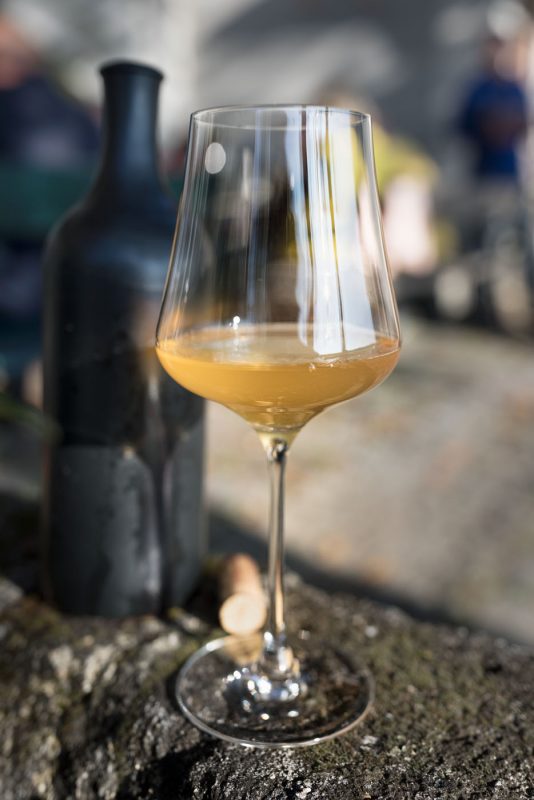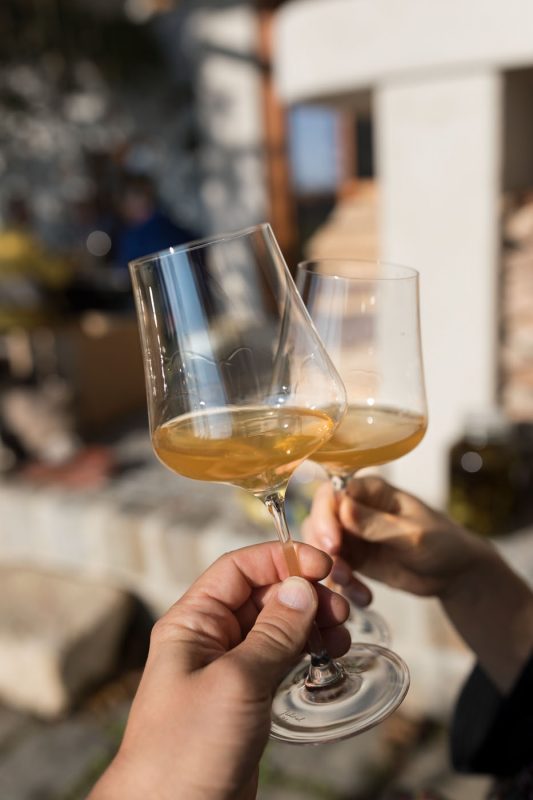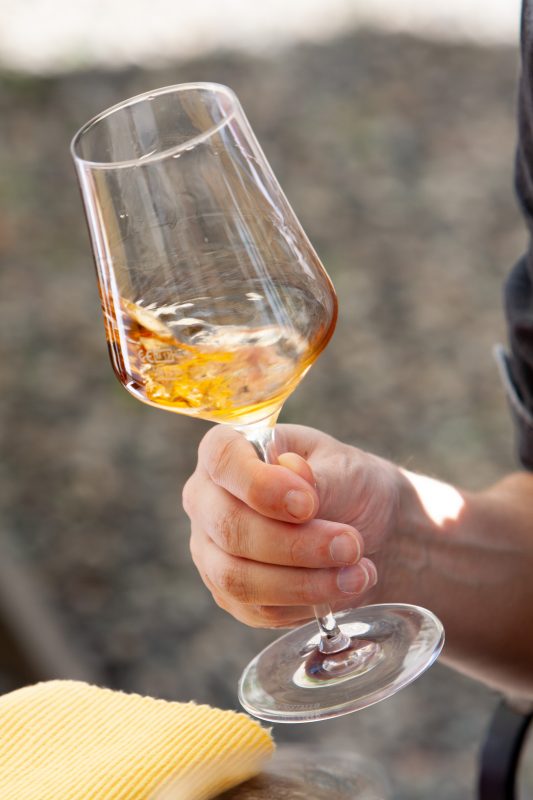Typical Austrian freshness combined with mindful winemaking – that is wine from Austria! This is also true for alternative wine styles from the small country in the heart of Europe. Being produced with the winemaking experience of centuries and utmost respect for the environment, they prove to be fascinating, characterful wines, enriching both the Austrian and the global world of wine.

Photo Credit: ÖWM / Blickwerk Fotografie 
Photo Credit: ÖWM / Blickwerk Fotografie
Naturally Austrian
For decades now, Austria has been known as a high-quality wine-growing country that produces fresh, fruity and elegant wines. Building on a 2,000-year-old tradition of winemaking, today the country’s vintners apply a modern mindset to their work, register trends and add their own accents. Therefore, it comes as no surprise that in recent years a wave of innovative wine styles took the stage in Austria: be it sparkling Pet Nat (short for pétillant naturel = naturally sparkling), natural wine in white or red as well as colourful orange wine made from white grapes.
There is no exact definition, but all these so-called “alternative styles” have in common that the must turns into wine with only little intervention from the winemaker. For many Austrian vintners, this is only a logical next step in a country that is known as one of the leaders in environmentally conscious winemaking. 15% of all vineyards are already managed according to organic agricultural guidelines*, almost one fifth of the organic area is biodynamic*. Additionally, 18% of all vineyards are farmed according to the certification “Sustainable Austria”**.
The methods of producing alternative wines are age-old but have recently been rediscovered by winegrowers and wine lovers alike – worldwide and in Austria. Fermenting white grapes on their skins, not filtering the wine or reducing, sometimes even abandoning the use of sulphur completely leads to a new dimension of taste.
Open a new world of aromas
Alternative wines can be very structured and show a great depth and variety of flavours, depending on the grapes used and the method of production. In general, the palate can indulge in multi-faceted fruit aromas, like citrus zests, baked apple, or dried fruits. Oftentimes, even white alternative wines reveal tannins – this is due to a longer maceration on the skins. Notes of herbs, like hay or camomile, together with spices, like clove, bergamot, or pepper, give the wines the certain something to make them great food companions.

Photo Credit: ÖWM / Martin Grabmayer 
Photo Credit: ÖWM / Martin Grabmayer 
Photo Credit: ÖWM / Martin Grabmayer
Austria’s winegrowers have a lot of know-how and unique grape varieties at hand to make their alternative wines a must-have in your glass. The flagship Grüner Veltliner is not only a charming partner as a classic version; his typical peppery notes are still unmistakable on the palate when the grapes were skin fermented or the wines unfiltered. Zweigelt or Blaufränkisch – the two Austrian stars in red – may turn into alternative wines of great complexity that clearly reflect their origin.
With their authentic and unique character, wines from Austria are listed by a great number of “in” venues around the world: from London to Stockholm and from New York to Tokyo. Wine connoisseurs who love classic styles and those who prefer alternative ones can now choose from a selection of Austrian wines that has never been greater before.
* Source: respekt-BIODYN, as of February 2022 and Demeter, as of March 2022
** Source: Austrian Winegrowers’ Association, qualifying date: 15 October 2021





